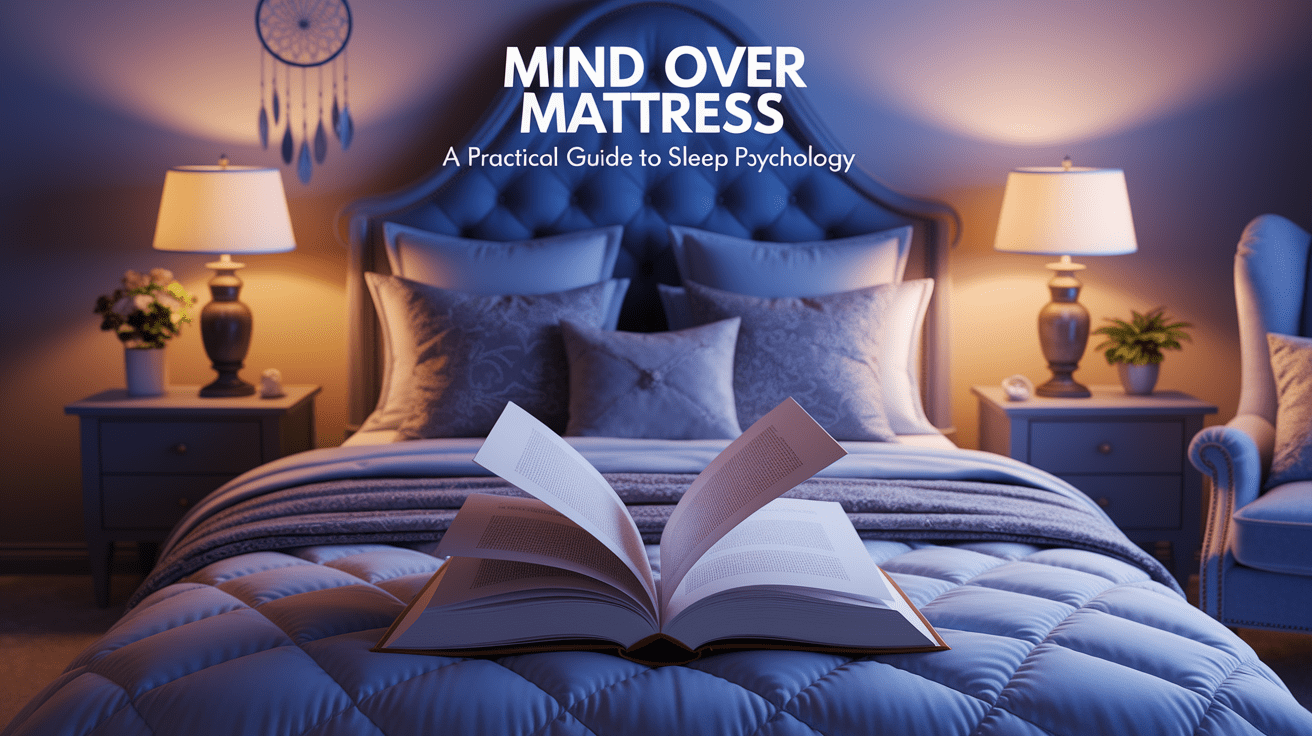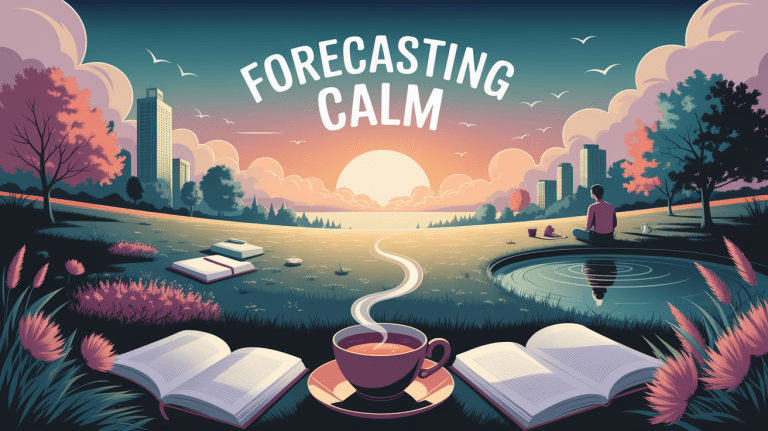Mind Over Mattress: A Practical Guide to Sleep Psychology
Rise and Rest: An Introduction to Sleep Psychology
In our relentless pursuit of productivity and success, sleep is often the first sacrifice. We treat it as a passive state of downtime, a necessary inconvenience to be minimized. However, this perspective overlooks a fundamental truth: sleep is a profoundly active and essential component of our mental and physical health. Sleep psychology is the scientific field dedicated to understanding this intricate relationship. It explores how our thoughts, feelings, and behaviors influence our sleep patterns, and conversely, how the quality of our rest shapes our waking lives.
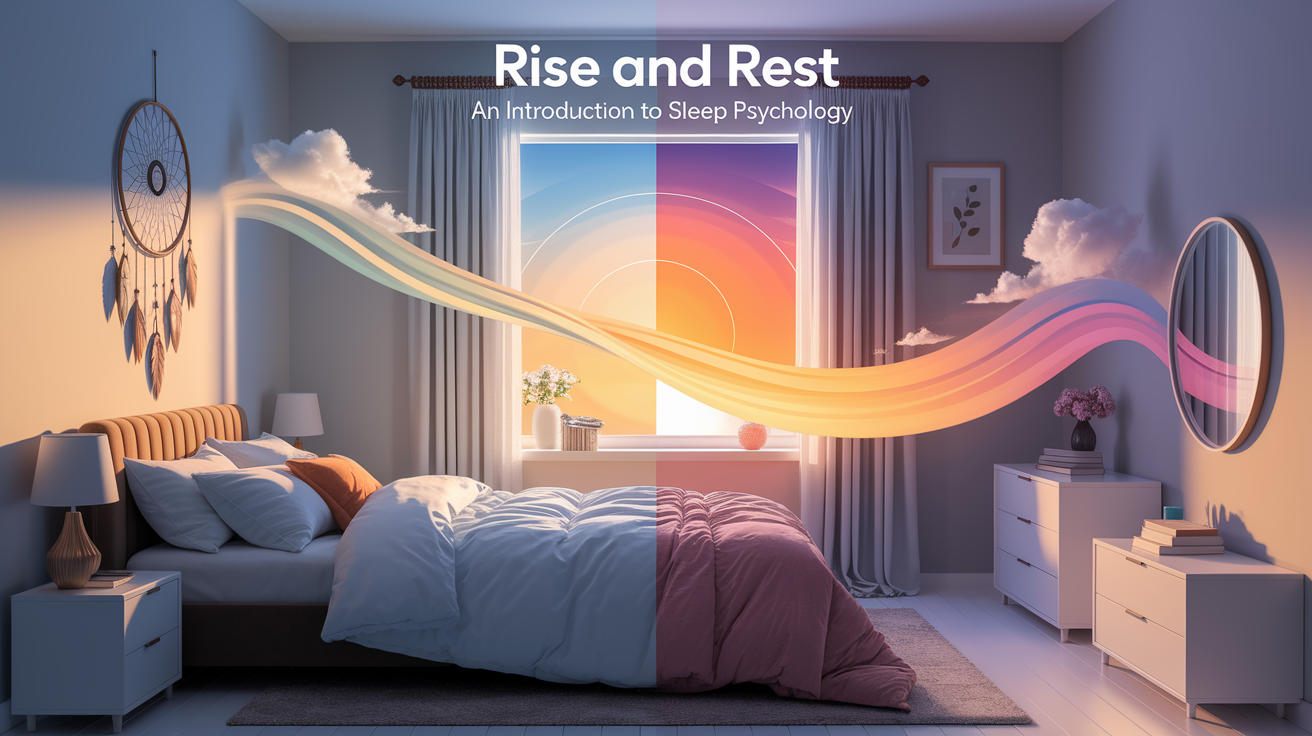
At its core, sleep psychology investigates one of the most fundamental aspects of human behavior and mental processes. It seeks to answer critical questions: Why do we sleep? What happens in our brains when we do? And how can we leverage this knowledge to combat common sleep disorders like insomnia and improve our overall mental health and well-being? This guide will navigate the fascinating landscape of sleep psychology, offering practical insights to help you reclaim your nights and revitalize your days.
Nighttime Rhythms: Circadian and Homeostatic Drives
Our sleep-wake cycle isn’t random; it’s governed by a sophisticated, two-process model that ensures we get the rest we need. Understanding these two internal forces—the circadian rhythm and the homeostatic drive—is the first step toward mastering your sleep.
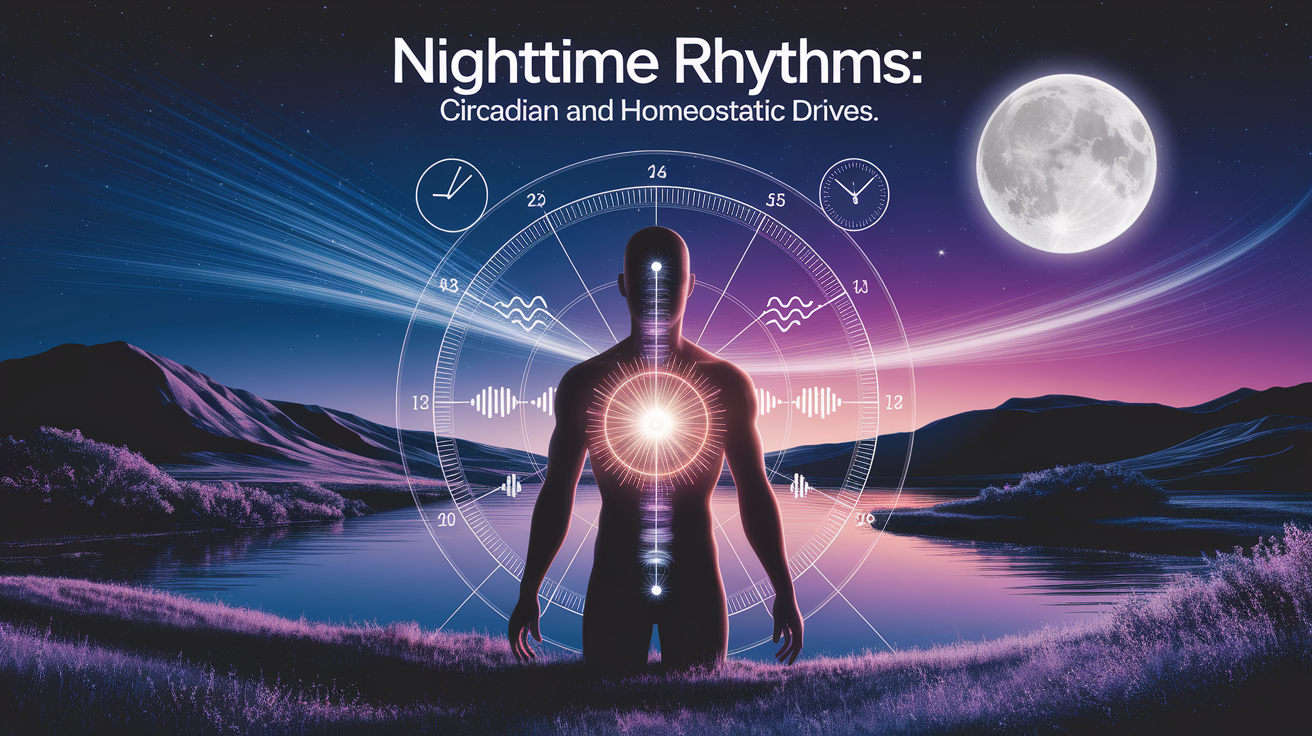
The Circadian Clock
Often called the body’s “master clock,” the circadian rhythm is an internal biological process that regulates a cycle of alertness and sleepiness over approximately 24 hours. This rhythm is primarily synchronized by external cues, with light being the most powerful. When light enters our eyes, it signals to a tiny region in the brain called the suprachiasmatic nucleus (SCN) that it’s daytime, promoting wakefulness. As darkness falls, the SCN signals the pineal gland to produce melatonin, a hormone that facilitates sleep. A misaligned circadian rhythm, often caused by shift work, jet lag, or irregular sleep schedules, can lead to significant sleep problems and daytime sleepiness.
The Homeostatic Drive
Imagine sleep need as a form of pressure that builds up throughout the day. This is the homeostatic drive for sleep. The longer you are awake, the stronger your desire and need for sleep become. This process is driven by the accumulation of adenosine, a chemical in the brain that promotes sleep. While you sleep, your brain clears away this adenosine, reducing the “sleep pressure.” If you experience sleep deprivation, this drive becomes exceptionally strong, leading to a phenomenon called sleep rebound, where you may sleep longer or more deeply to compensate for the lost rest. Together, the homeostatic drive and circadian rhythm work in harmony to dictate the optimal timing and duration of our sleep.
Sleep Architecture Through a Psychological Lens
Sleep is not a uniform state of unconsciousness. Instead, it is a dynamic journey through several distinct stages of sleep, each with unique patterns of brain activity and psychological functions. This journey, known as sleep architecture, typically cycles every 90-110 minutes.

Non-Rapid Eye Movement (NREM) Sleep
NREM sleep accounts for about 75-80% of our total sleep time and is divided into three stages:
- NREM 1: The lightest stage of sleep, serving as the transition between wakefulness and sleep. You may experience muscle twitches or a sensation of falling.
- NREM 2: A deeper stage of sleep where your heart rate and body temperature drop. Brain activity slows, punctuated by bursts of rapid waves called sleep spindles, which are believed to be involved in memory consolidation.
- NREM 3: This is the deepest stage, also known as slow-wave sleep. It is incredibly restorative, playing a key role in physical repair, immune system strengthening, and growth. Waking from this stage is difficult and often results in grogginess.
Rapid Eye Movement (REM) Sleep
Following a cycle through NREM stages, we typically enter REM sleep. This stage is characterized by rapid eye movements, increased brain activity that resembles wakefulness, and temporary muscle paralysis. REM sleep is crucial for cognitive functions like learning and memory. It’s during this stage that the brain consolidates information and skills learned during the day, a vital process for the brain’s neuroplasticity. It is also the stage where most vivid dreaming occurs. Psychologically, dreams are thought to be a way our brain processes emotions, unpacks recent events, and works through unresolved psychological conflicts, connecting our dream world to our waking emotional well-being.
Hormonal Harmony and Behavioral Health
Sleep is a critical period for hormonal regulation, influencing everything from mood and metabolism to growth and immunity. When sleep is disrupted, this delicate hormonal balance can be thrown into disarray, with significant consequences for our behavioral health.

As mentioned, the pineal gland releases melatonin to orchestrate the sleep-wake cycle. Simultaneously, the pituitary gland is hard at work releasing growth hormone, which is essential for cellular repair and physical maturation. Sleep also regulates hormones that control appetite, such as ghrelin (the “hunger hormone”) and leptin (the “satiety hormone”). Chronic sleep deprivation can increase ghrelin and decrease leptin, leading to increased appetite and a higher risk for obesity.
Crucially, sleep is deeply intertwined with our capacity for emotional regulation. Lack of restorative sleep can impair the function of the prefrontal cortex—the brain region responsible for executive functions like impulse control and emotional management. This can leave us more susceptible to stress, anxiety, and mood swings. This connection highlights why poor sleep is a common symptom—and often a contributing factor—in mental health disorders like depression and anxiety.
Cognitive Tools for Better Sleep
One of the most empowering aspects of sleep psychology is its focus on actionable strategies. Since our thoughts and behaviors heavily influence sleep, we can use cognitive and behavioral tools to improve its quality. This is especially helpful for those suffering from chronic insomnia.
Understanding the Vicious Cycle of Insomnia
Insomnia is often perpetuated by a negative feedback loop. A person has a few bad nights of sleep, begins to worry about not sleeping, and goes to bed feeling anxious. This anxiety and stress trigger a physiological state of hyperarousal, making sleep even more difficult. The bed becomes a place associated with frustration rather than rest, worsening the problem. Sleep psychology aims to break this cycle.
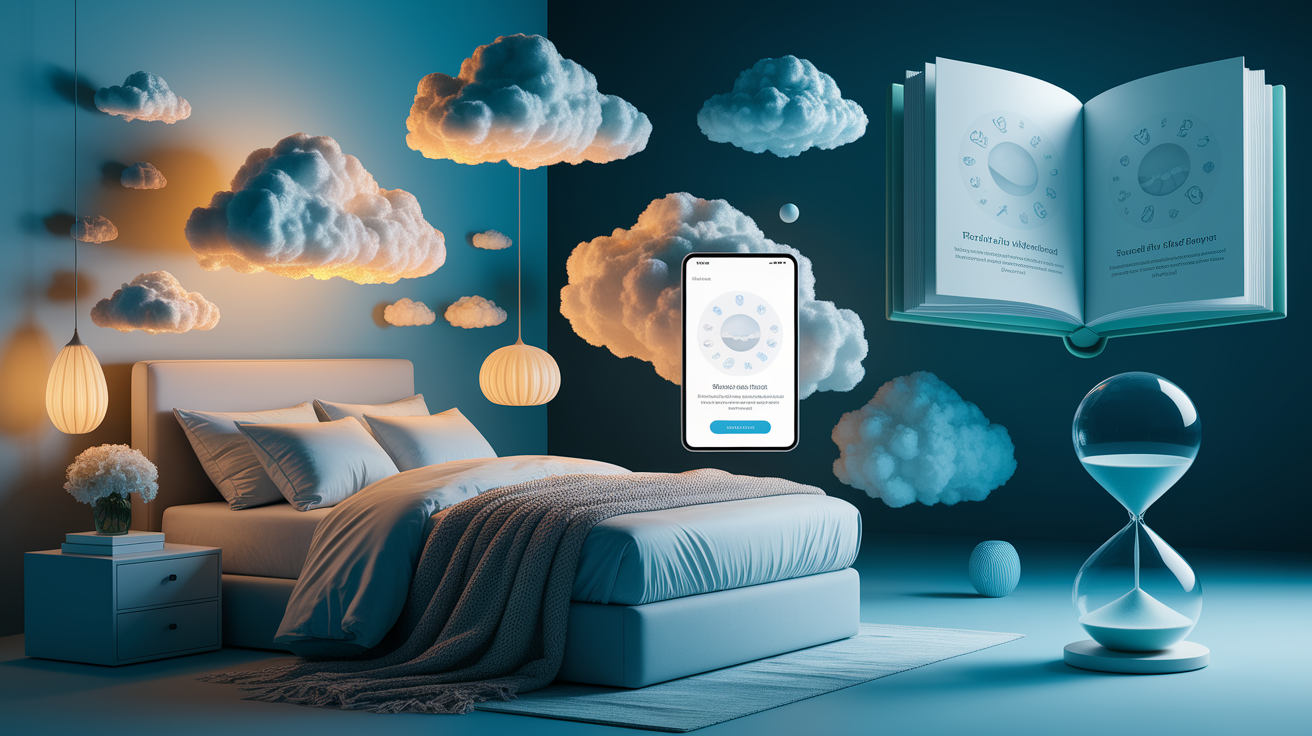
Cognitive Behavioral Therapy for Insomnia (CBT-I)
CBT-I is considered the gold-standard, first-line treatment for chronic insomnia, often proving more effective and durable than medication. It is a multi-component therapy that addresses the underlying psychological factors of sleep problems. Key components include:
- Cognitive Restructuring: This involves identifying and challenging negative, distorted thoughts about sleep. For example, replacing the thought “I’ll never be able to function tomorrow without 8 hours of sleep” with a more balanced one like, “I may be tired, but I can still get through my day. I will rest when I can.”
- Stimulus Control: This technique aims to re-associate the bedroom with sleep. The rules are simple: only use the bed for sleep and intimacy. If you can’t fall asleep within 20-30 minutes, get out of bed, do a relaxing activity in dim light, and only return when you feel sleepy.
- Sleep Restriction: While it sounds counterintuitive, this involves limiting your time in bed to the actual amount of time you are sleeping. This mild sleep deprivation increases the homeostatic drive, making sleep more consolidated and efficient. Time in bed is gradually increased as sleep quality improves.
The Psychology of Sleep Hygiene
Good sleep hygiene involves creating habits and an environment conducive to high-quality, restorative sleep. These practices can be seen as powerful psychology hacks to signal to your brain and body that it’s time to wind down.
- Consistency is Key: Go to bed and wake up around the same time every day, even on weekends, to keep your circadian rhythm stable.
- Create a Buffer Zone: Establish a relaxing pre-sleep routine for 30-60 minutes before bed. This could include reading a book, gentle stretching, or listening to calm music. Avoid screens, as the blue light can suppress melatonin production.
- Optimize Your Environment: Ensure your bedroom is dark, quiet, and cool. Blackout a-curtains, earplugs, or a white noise machine can be immensely helpful.
- Mind Your Consumption: Avoid caffeine and nicotine for at least 6-8 hours before bed. While alcohol may make you feel drowsy initially, it disrupts sleep architecture later in the night, leading to fragmented, unrefreshing sleep.
Sweet Dreams and Beyond: Wrapping Up Sleep Psychology Insights
Sleep is far from a passive state; it is an active, foundational pillar of a healthy life, governed by a complex interplay of biology, behavior, and psychology. From the deep, restorative work of NREM sleep to the memory-consolidating magic of REM sleep, every stage is vital for our physical recovery and mental acuity. Understanding the powerful forces of our circadian rhythm and homeostatic drive gives us a framework for optimizing our sleep patterns.
Ultimately, the message of sleep psychology is one of empowerment. By understanding the psychological impact of sleep loss and recognizing how our thoughts and habits shape our rest, we gain the ability to take control. Whether it’s adopting better sleep hygiene, challenging anxious thoughts about sleep, or seeking evidence-based treatments like CBT-I, you have the power to put your mind over the mattress and pave the way for a more rested, resilient, and vibrant life.

